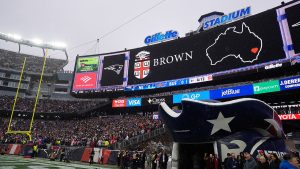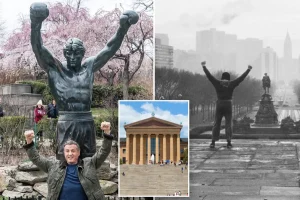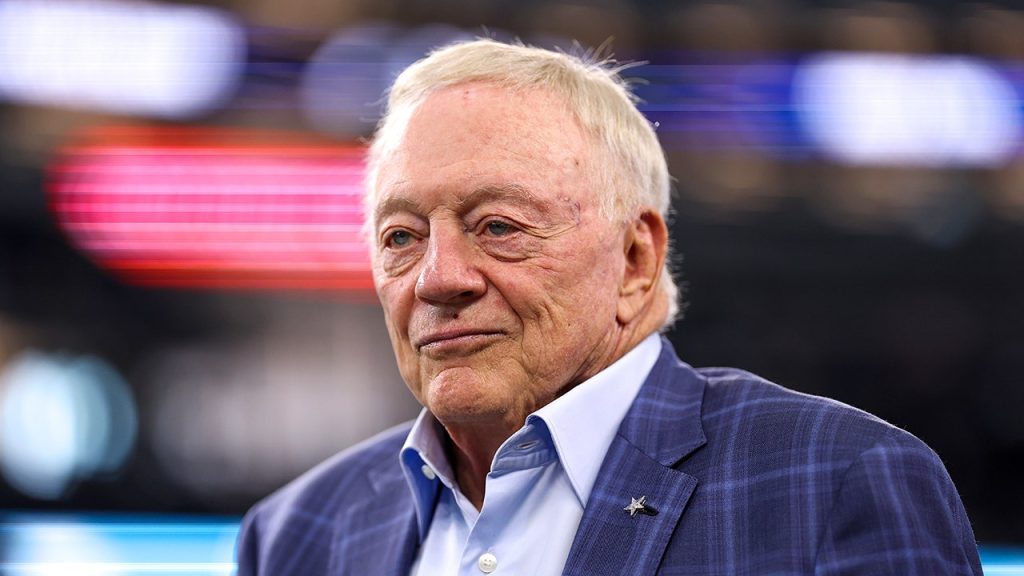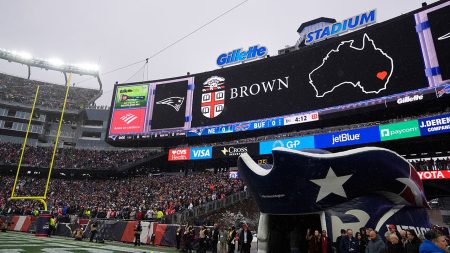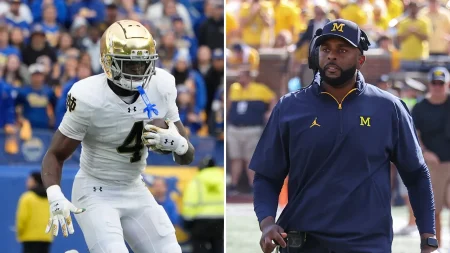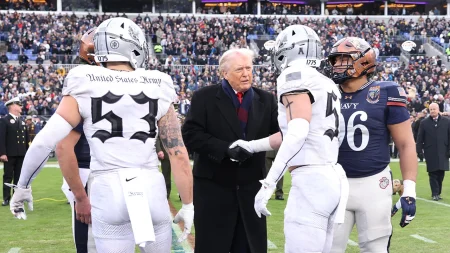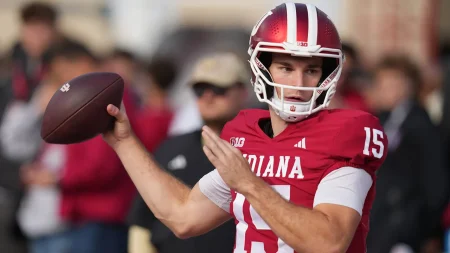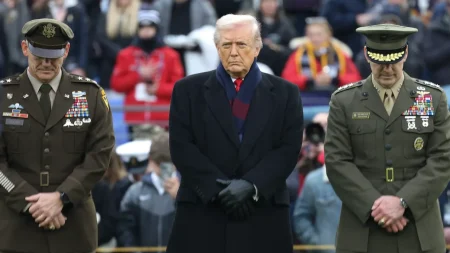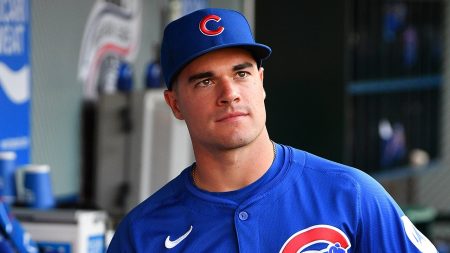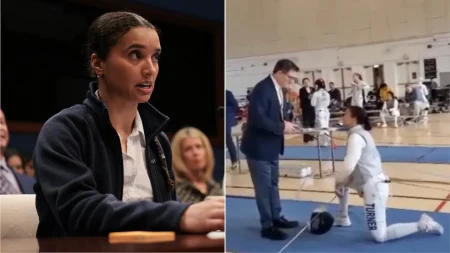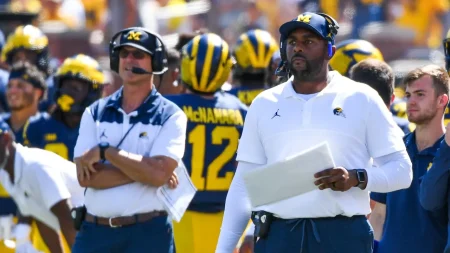Jerry Jones Explains the Reasoning Behind the Micah Parsons Trade
In a press conference on Thursday, Dallas Cowboys owner Jerry Jones addressed the shocking trade of star linebacker Micah Parsons to the Green Bay Packers, attempting to reassure fans that the move was made with both immediate and long-term benefits in mind. “This gives us a chance to be a better team than we’ve had the last several years,” Jones stated, with his son Stephen, the team’s CEO and director of player personnel, at his side. The explanation came as many Cowboys supporters struggled to understand how trading away one of the NFL’s premier defensive talents could possibly improve the team’s prospects for the current season.
Jones emphasized that acquiring Pro Bowl defensive tackle Kenny Clark was a crucial component of the deal, addressing what he described as a significant weakness in Dallas’s defense. “We’ve gained a Pro Bowl player in an area that we had big concerns in — in the inside of our defense,” Jones explained. “The facts are we need to stop the run. We haven’t been able to stop the run for several years.” This focus on run defense suggests the Cowboys’ front office believes a strong interior defensive lineman like Clark might ultimately provide more value to the team’s specific needs than Parsons’s elite pass-rushing abilities. The trade discussions had apparently been ongoing throughout the spring, despite Jones offering Parsons what he claimed was a record-breaking contract for a non-quarterback in April.
The financial implications of the trade featured prominently in Jones’s explanation. While Parsons had been exceptional during his first four years with the Cowboys, his new contract with the Packers—a four-year, $188 million extension with a reported $136 million in guarantees—represented a massive commitment that Dallas was apparently unwilling to match. “When you’re talking about making the contract that he got and for the future, that’s quite a commitment,” Jones noted. He maintained that the Cowboys had offered Parsons more guaranteed money than what he ultimately received from Green Bay, though this assertion might raise eyebrows given that the trade occurred. Beyond Clark, the Cowboys also received Green Bay’s 2026 and 2027 first-round picks, providing significant draft capital that Jones believes could yield “as few as three or as many as five outstanding players.”
Jones was careful to present the trade as a unified decision within the organization, stating that both the front office and coaching staff had reached a consensus. This collective approach to such a momentous transaction suggests the Cowboys are attempting to project stability and strategic alignment at a time when fans might question the team’s direction. When questioned about an NFL Network report that Parsons had returned to the Cowboys out of “empathy” after trade rumors leaked, and that he was told to “play on the 5th year or leave,” Jones downplayed any suggestion of acrimony. “It was not in any way out of the order or anything like that,” he insisted, confirming only that he had told Parsons they were “playing under the contract as it exists right now.”
Despite the business-focused nature of the transaction, Jones made efforts to express personal regard for Parsons while defending the decision-making process. “I want to be sure that our fans understand I think a lot of Micah, and I wish him so much success,” Jones said, before adding the competitive caveat, “I don’t want him to have success when he plays the Cowboys as much as I do want him to have overall success.” He reiterated that the Cowboys had made Parsons an offer in April that wasn’t accepted, describing the negotiation breakdown matter-of-factly: “We all know that, to have agreements, all parties have to agree. This was by design.” In a telling moment of candor, Jones acknowledged the role of Parsons’s agent in the stalled negotiations, though he insisted there was “not an ounce of vindictiveness” in his decision to trade the linebacker.
As the Cowboys now prepare for their Week 1 matchup against the Philadelphia Eagles, the organization faces the challenge of convincing its fanbase that trading away a generational defensive talent like Parsons can somehow improve the team’s prospects. Jones’s explanations—focusing on run defense improvement through Kenny Clark, financial flexibility, and future draft capital—represent an attempt to provide a strategic rationale for a move that many fans will likely view with skepticism. The ultimate judgment of this trade will depend on both immediate results and long-term outcomes: whether the Cowboys can indeed stop the run more effectively with Clark, whether they can effectively utilize the acquired draft picks, and whether Parsons’s absence creates a void in their pass rush that proves impossible to fill. For Jerry Jones, the pressure is now on to demonstrate that this bold and controversial move truly was “in the best interest of our organization.”
